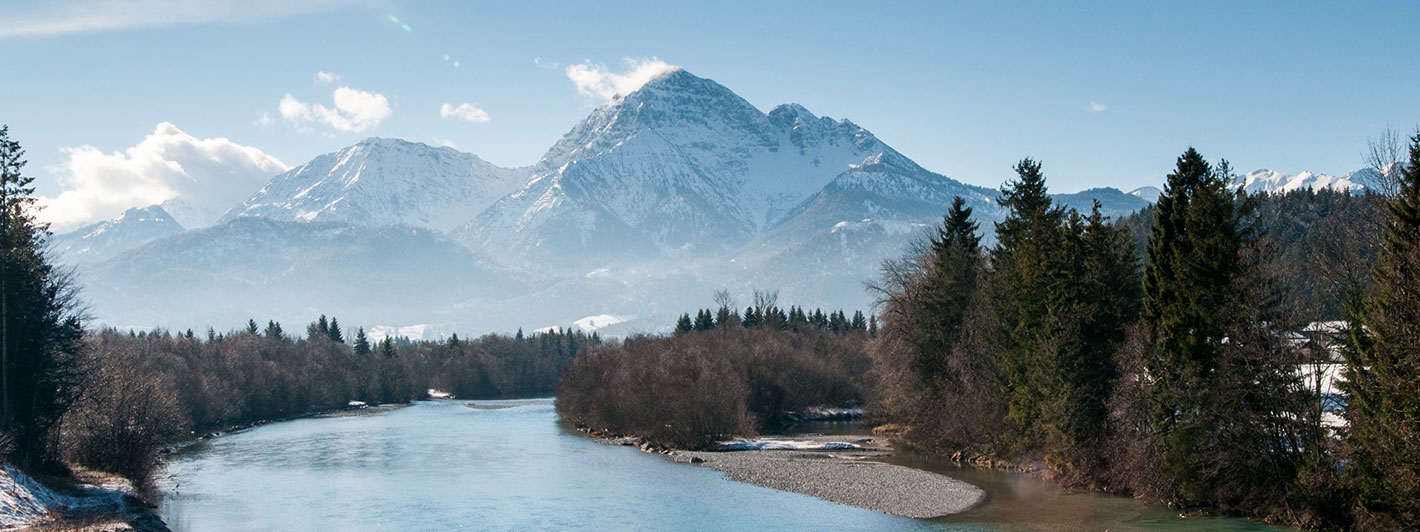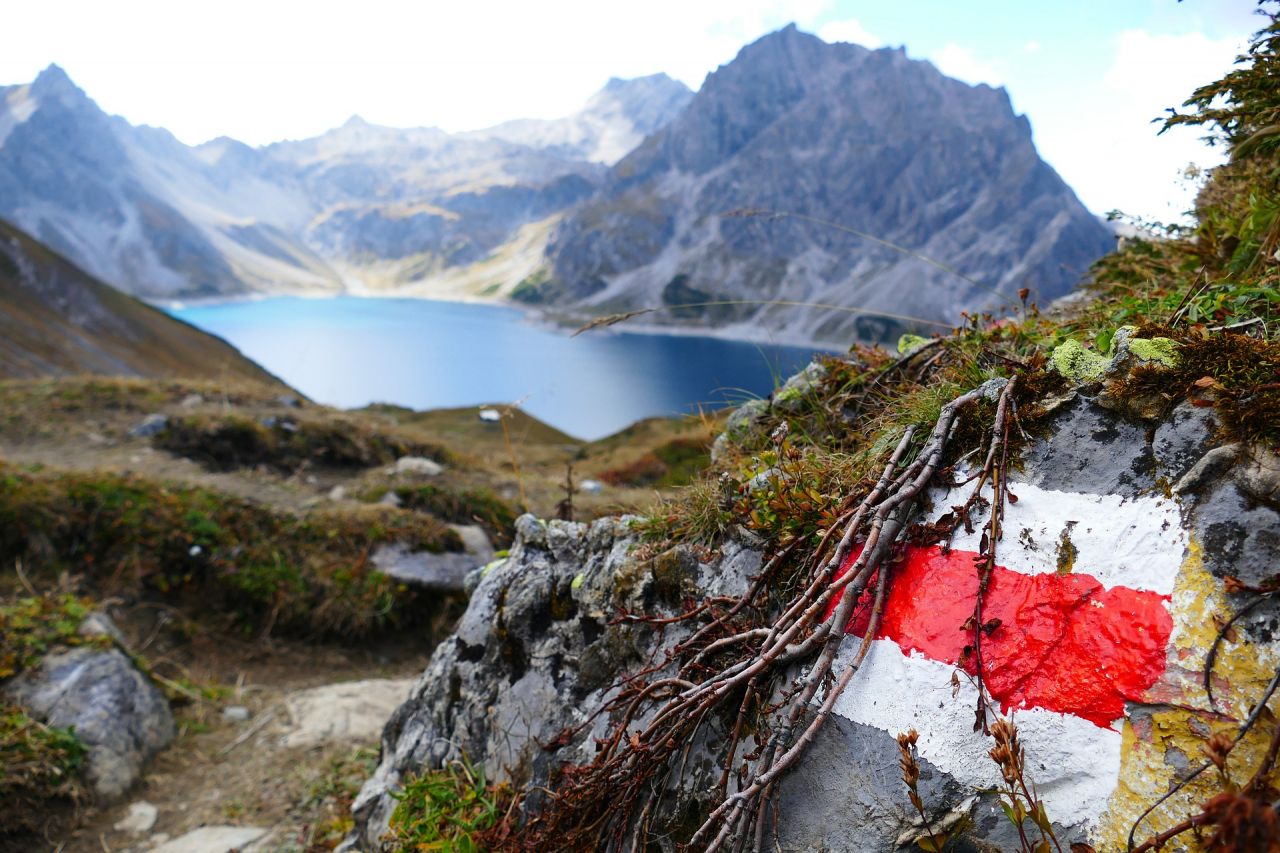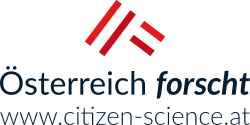Explore Citizen Science Projects
Welcome at Österreich forscht!
Here you can find everything about Citizen Science in Austria. In the future, it should be just as normal to work in a citizen science project as to be a member of an association, e. g. the voluntary fire brigade or a music ensemble. We want people to see science no longer as an elite programme, but as a process that affects all our lives, a process which is an important part of society and is worth understanding. However, the fun and enjoyment of research should not be neglected. We do not understand citizen science as an infotainment concept, but as a collaborative process through which new insights can be gained.
Weaving techniques
- culture
Archaeological finds of textile remains give an insight into ancient weaving techniques, including fabrics from the Hallstatt salt mine dating from between 1500 and 300 BC, or finds of gold threads such as those from Ebreichsdorf in Lower Austria, ca. 1100 BC. They are scientifically analysed and reworked in the…
Mineral deposits in Austria
- geology
Austria is rich in a wide range of mineral deposits. Precise documentation of both “old” deposits (e.g. mining heaps and tunnels, slag heaps) and “new” location spots (e.g. quarries, natural outcrops, road cuts, etc.) is one of the focuses of the Department of Mineralogy and Petrography at the Natural History…
GenTeam
- history
- culture
The European genealogy database "Connecting genealogists" GenTeam is a European platform of genealogical databases. Both scientists and amateur genealogists can make their data available here for free for other researchers. The cooperation of collaborators from many different countries has made it possible to compile databases that one researcher could not…





